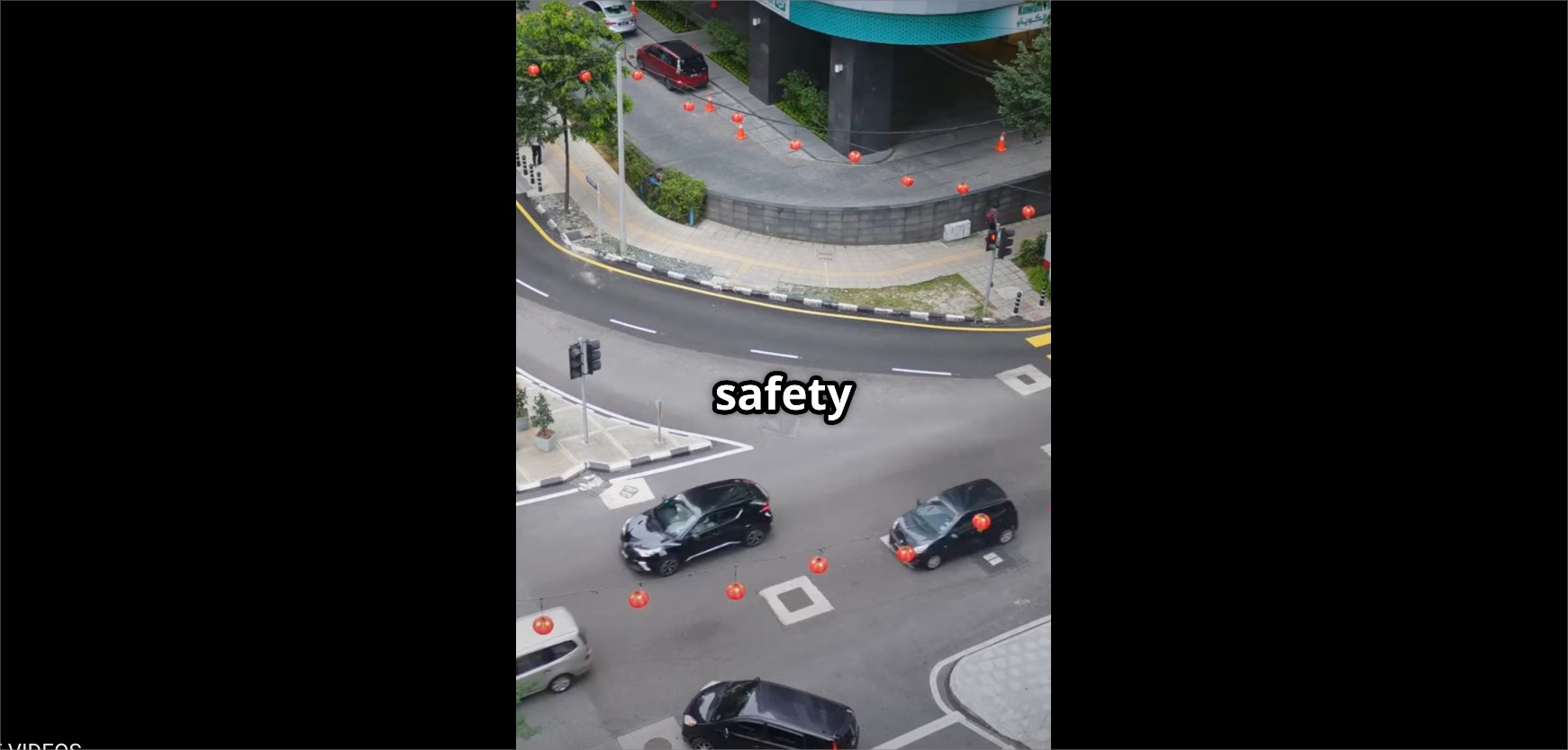The Pedestrian’s Handbook: Creating Safety Awareness for Road Users
Walking – it’s the most basic form of transportation. As pedestrians, we navigate the world one step at a time, absorbing the sights, sounds, and atmosphere of our surroundings. It’s a simple pleasure, a fundamental right, and in many ways, the most environmentally-friendly way to travel. However, as anyone who has ever crossed a busy intersection or walked alongside a bustling highway knows, it can also pose some serious risks. It is therefore crucial that pedestrians are equipped with a clear understanding of road safety.
Understanding the Risks
The World Health Organization reports that pedestrians account for nearly 22% of all global traffic fatalities each year, and in some countries, this figure is even higher. In most instances, pedestrian accidents occur due to a lack of awareness or precautionary measures taken by either the driver or the pedestrian.
To curb this problem, we must highlight the importance of pedestrian safety and create a culture where road users respect each other’s rights and space. This blog post aims to provide tips on how pedestrians can ensure their safety while using the roads.
How Pedestrians Can Stay Safe on the Road
1. Follow the Rules
In the context of road safety, pedestrian traffic laws aren’t mere suggestions; they’re lifesavers. Familiarize yourself with traffic signals and road signs. Don’t jaywalk or cross at non-designated areas. Walk on sidewalks where provided, and if there isn’t one, walk on the side of the road facing traffic.
2. Be Visible
You can’t always count on drivers to see you, particularly when it’s dark or in poor weather conditions. Wear bright, reflective clothing or use a flashlight at night. If you’re crossing a street, make eye contact with drivers whenever possible to ensure they see you.
3. Stay Alert
In a world increasingly filled with distractions, remaining attentive can save lives. Whether you’re crossing a road, a parking lot, or walking on a footpath, always look out for moving vehicles. Don’t rely solely on pedestrian signals. Check all directions before proceeding at an intersection.
Avoid distractions such as using your phone, listening to music with both earbuds, or doing anything that might reduce your ability to react to potential danger.
4. Use Crosswalks and Pedestrian Overpasses
Make use of crosswalks, pedestrian bridges, underpasses, and traffic signals when crossing roads. They exist for a reason. Drivers expect pedestrians at these designated areas and are more likely to be cautious.
5. Practice Defensive Walking
Just like defensive driving, defensive walking means being aware of your surroundings and anticipating potential hazards. Assume that drivers don’t see you. Always prepare for the unexpected – a vehicle could turn or pull out suddenly.
Educating Children About Road Safety
Educating the younger generation about pedestrian safety is an investment in a safer future. Teach children to look left, right, and left again before crossing, use crosswalks, understand traffic lights and signs, and never to run or dart out into the street. Making road safety a part of their education from an early age is essential.
Drivers’ Role in Pedestrian Safety
Drivers must respect pedestrians’ rights and prioritize their safety. This means slowing down near crosswalks, schools, and densely populated areas, always yielding to pedestrians at crosswalks, and being extra cautious during poor visibility conditions.
A Shared Responsibility
Creating a safe environment for pedestrians isn’t solely the responsibility of the individual walker, but a shared duty among all road users. By fostering a culture of respect and understanding, we can significantly reduce accidents and make our roads a safer place for everyone.
Stay safe, stay aware, and remember
Image by Horacio Lozada from Pixabay
Hey there! 😊 We run a small YouTube channel for Roads & Rails, and we'd love your support! Now the channel features daily Rail fanning videos.. Please Hit that subscribe button to help us stay inspired and create even more exciting content. Got questions, feedback, or ideas for collaboration? We’d love to hear from you! Drop us a message at mail@roadsandrails.org. Thanks for being part of our journey!













